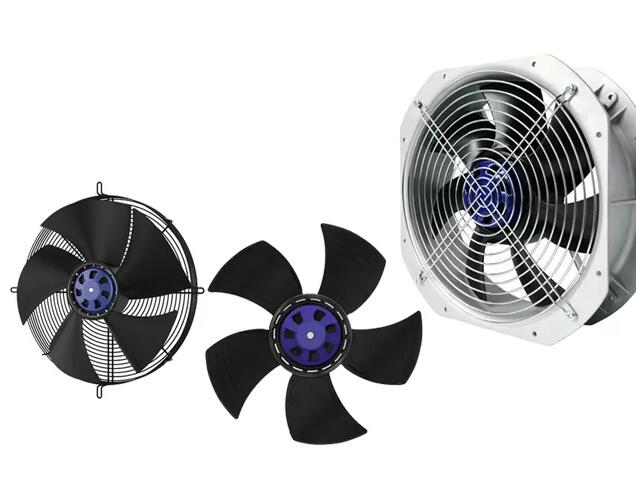Axial fans, often overlooked in the shadow of their more powerful centrifugal fans, are nonetheless an integral part of industrial air circulation systems. These fans, with their unique design and capabilities, quietly power many critical industrial processes.
The axial fan design differs from centrifugal fans in that the air intake and outlet are parallel to each other, and the fan blades rotate parallel to the axis of the fan. This design allows axial fans to generate a high volume of airflow with relatively low pressure.
One of the key strengths of axial fans is their efficiency. Due to their design, axial fans can move a large volume of air with less energy consumption than centrifugal fans. This efficiency makes them ideal for applications where high airflow rates are needed but high pressure is not a requirement.
Another advantage of axial fans is their quiet operation. Because the fan blades rotate parallel to the axis, there is less turbulence and noise generated. This makes axial fans a popular choice in industrial settings where noise pollution is a concern, such as hospitals, offices, or any other environment where a quiet working atmosphere is essential.
Axial fans also excel in terms of their durability and reliability. They are built to withstand the rigors of industrial use, with sturdy construction and materials that can handle continuous operation. Whether it’s in a dusty manufacturing plant or a damp warehouse, axial fans can be relied upon to provide consistent performance.
Moreover, axial fans offer flexibility in terms of installation and use. They can be mounted in various orientations, including horizontal, vertical, or even inclined, depending on the specific requirements of the application. This flexibility allows axial fans to be easily integrated into existing ventilation systems or used as standalone units.

